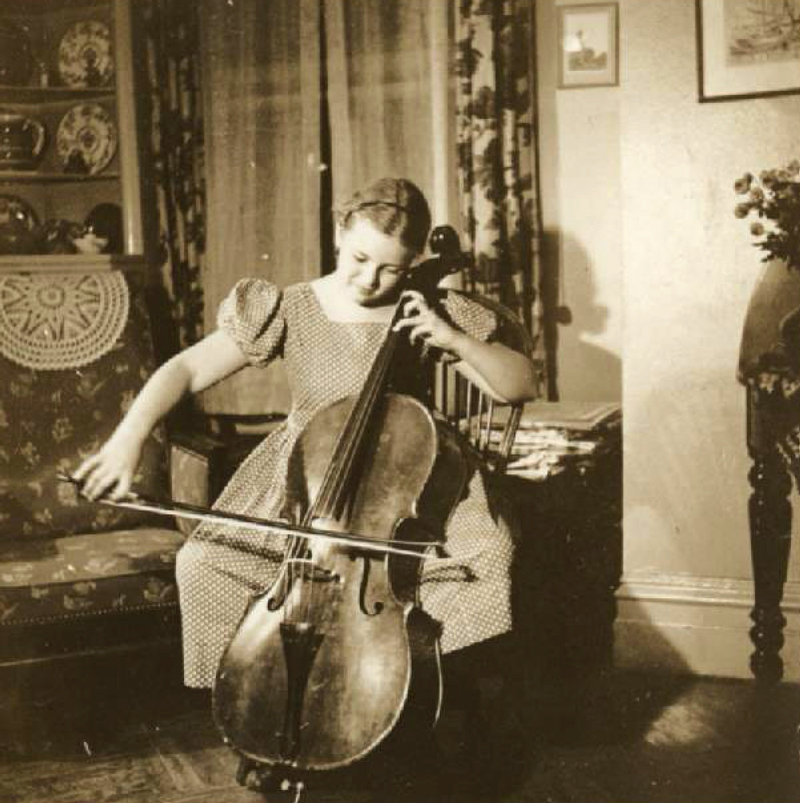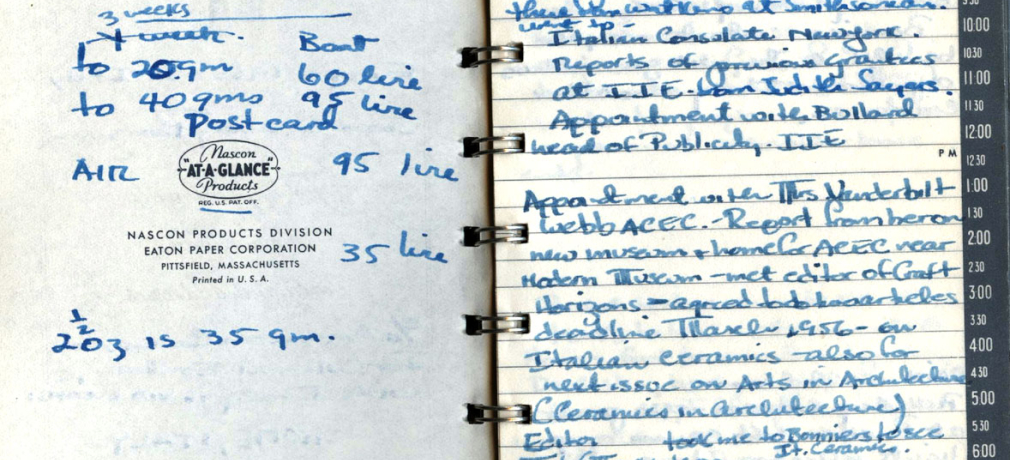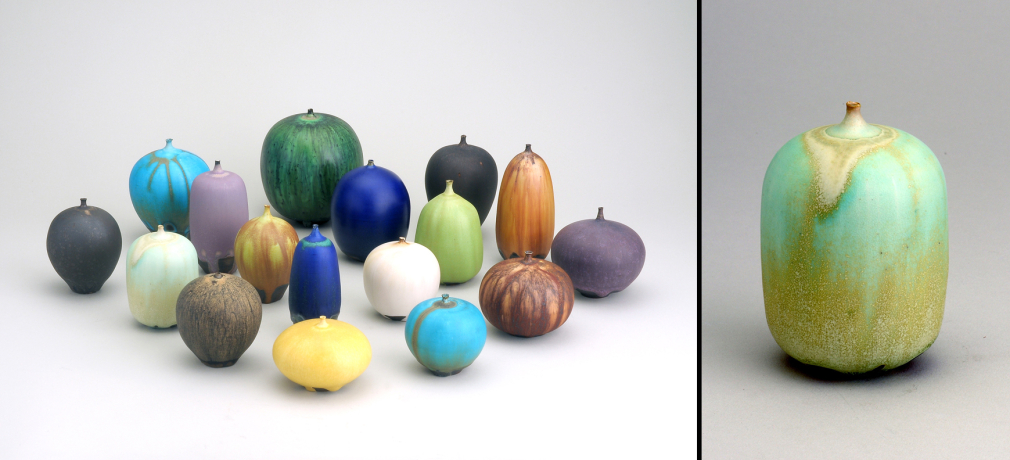My introduction to the life and ceramic work of Joan Pearson Watkins began in 2014, when Jonathan Fairbanks asked me to join a team of individuals assisting with the Joan Pearson Watkins Trust. Fairbanks was then director of Fuller Craft Museum in Brockton, Massachusetts and the former Curator of American Decorative Arts and Sculpture at the Museum of Fine Arts, Boston. Joan and her late husband, C. Malcolm Watkins, had no descendants, so Fairbanks, a close friend of Joan, was designated sole trustee of the trust after her death in 2013.
The trust’s efforts in Massachusetts during the summer of 2014 centered around Joan and Malcolm’s historic home, the circa 1750 Captain Andrew Fuller House in Middleton, approximately twenty miles north of Boston. The goal was to document and catalog the couple’s collections of primarily American and Japanese art and place pieces in museums, historical societies, and other organizations. The extraordinary objects revealed became the stimulus for my investigation into the remarkable artistic, academic, and collecting accomplishments of Joan Pearson Watkins.
Malcolm Watkins’s contributions to the arts are well documented. He served as the Curator of Everyday Life in Early America at the Smithsonian’s National Museum of American History (which now holds the C. Malcolm Watkins Papers), and he was also the founding curator at Old Sturbridge Village in Massachusetts. However, Joan Watkins’s accomplishments as an artist, instructor, writer, collector, and scholar in the United States and Europe—particularly in ceramics—have been overlooked. The history of ceramics in America is not a narrative etched in stone, but rather an evolving account that changes with new scholarship and critical discoveries, such as the achievements of Joan Pearson Watkins.
Beginnings

 Share
Share























